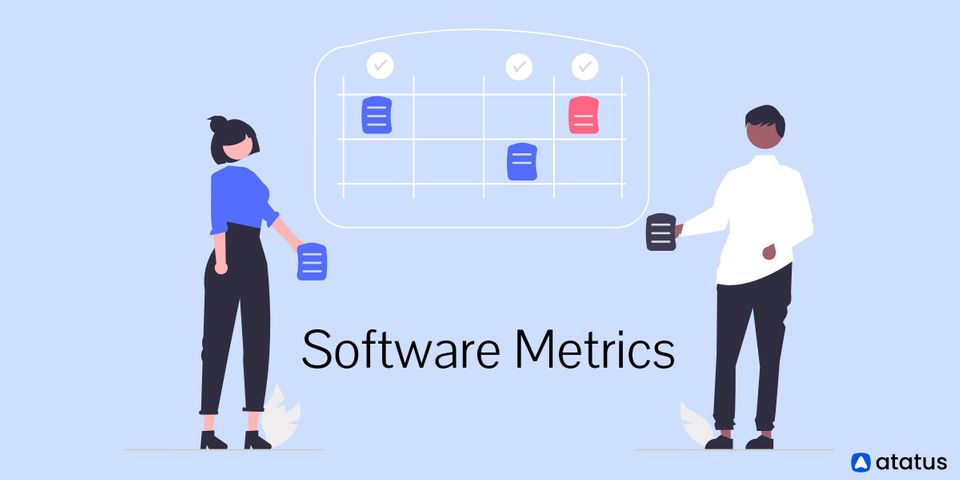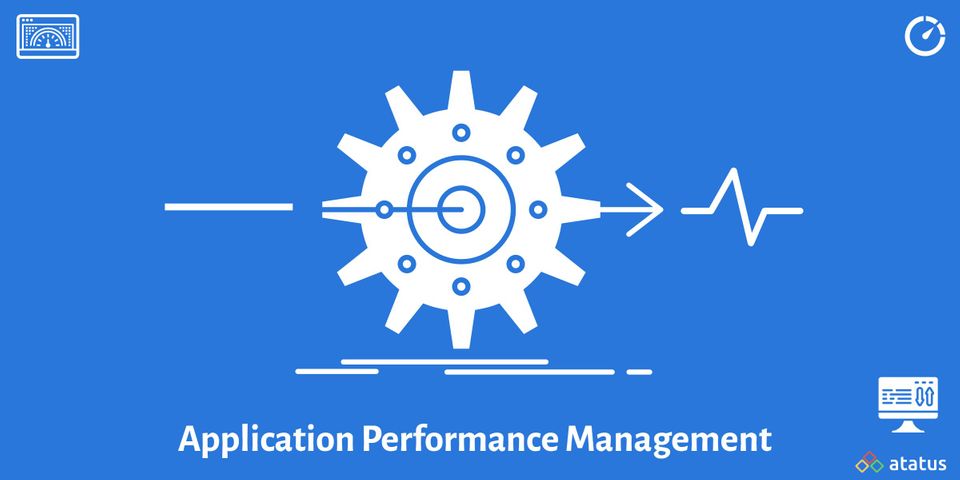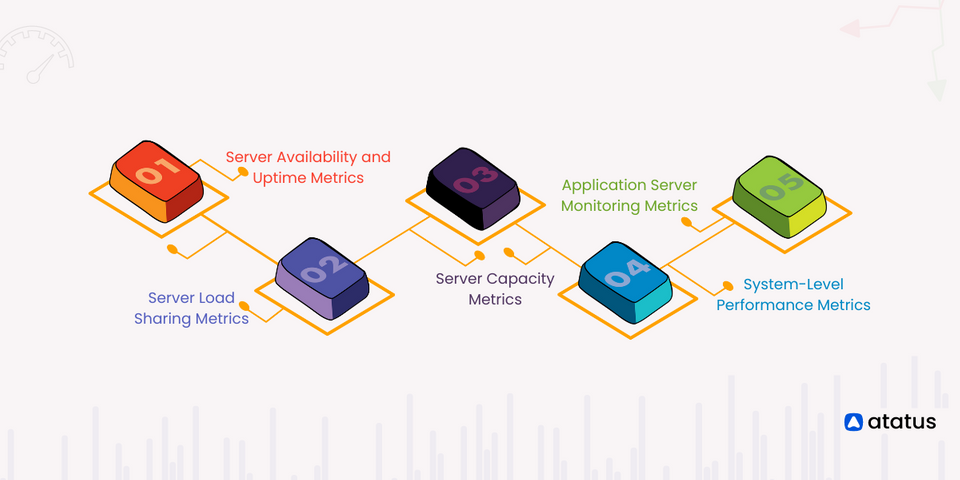What are Software Metrics? How to Track and Measure those Metrics?
Measuring software development teams' progress can be a crucial step toward improving efficiency and productivity. Software metrics can be used to track a variety of characteristics of software development. Understanding software metrics and how to track them will help you better manage the programming process.
In this article, we look into software metrics definition, look at the many categories, discuss how to track them, and outline the benefits and drawbacks of using them to assess productivity.
- What is Software Metrics?
- Categories of Software Metrics
- How can Software Metrics be Used?
- What should be Measured?
- How to Track Software Metrics?
- List of Software Metrics
- Advantages and Disadvantages of Software Metrics
What is Software Metrics?
A software metric is a measurable or countable measure of software characteristics. Software engineering metrics can be used for a range of things, such as evaluating software performance, planning work items, estimating productivity, and so on.
By being able to observe different figures and trends as production is taking place, you may utilize software metrics to measure performance, plan forthcoming work tasks, track productivity, and better control the production process throughout project management.
You can also utilize software metrics in combination with management functions to simplify your projects by designing more efficient procedures, making software maintenance plans, and keeping production teams informed about issues that need to be fixed.
Many indicators are intertwined throughout the software development process. The four functions of management are equivalent to software metrics: planning, organization, control, and improvement.
Categories of Software Metrics
There are three categories of metrics: product metrics, process metrics, and project metrics.
- Product Metrics - Size, complexity, design features, performance, and quality level of the product are all factors to consider.
- Process Metrics - To optimize software development and maintenance, process metrics can be used. Eliminating the faults rate during development, the pattern of testing defect arrival, and the time it takes for a fixed operation to complete are all examples.
- Project Metrics - The characteristics and execution of a project are described by project metrics. The number of software developers, staffing patterns across the software life cycle, cost, scheduling, and productivity are all examples of factors to consider.
Some measures fall into more than one category. A project's in-process quality metrics, for example, are both process and project metrics.
Software engineering metrics cover a wide range of activities, including the following:
- Estimation of costs and time
- Productivity metrics and model
- Gathering data
- Models and measures of quantity
- Models of dependability
- Models for performance and evaluation
- Metrics of structural and complexity
- Assessment of capability and maturity
- Metrics-based management
- Evaluation of tools and methods
Software measurement encompasses a wide range of activities, including models for projecting software project expenses at various stages and metrics of program structure.
How can Software Metrics be Used?
Software development metrics can be used by project owners, project managers, developers, and quality assurance teams to:
- Project Management and Planning
Management relies heavily on measurement. Metrics for the software development model give a clear picture of what and how teams performed in previous project iterations. A project manager can better estimate and plan a budget, time, resources, and requirements for subsequent iterations based on the data, as well as quickly determine if an iteration or the complete project goes wrong based on the data. - Project Overview
Metrics allow the project owner to easily comprehend and assess the project's current state, challenges, and solutions. - Task Prioritization
Metrics are a useful technique to determine which tasks should be completed in which sequence to maximize value. If, for example, user satisfaction is low due to ongoing dissatisfaction with the quality of software upgrades that cause problems. Instead of delivering a huge number of new features, it might be time to start allocating more effort to regression testing with each iteration. - Change Management
Metrics can help determine whether changing a strategy, a practice, a tool, or anything else adds value, how much benefit can be expected, and how it connects to the investments made. When transitioning to DevOps, for example, metrics like the number of failed changes/deployments and mean time to recovery (MTTR) can help evaluate the benefits of the change. - SLA Monitoring and Reporting
Customers may easily define and track the value they expect from an outsourcing provider using metrics, as well as determine how productive outsourced employees are. A vendor, on the other hand, may vividly demonstrate the enhancements that have been made.
What should be Measured?
It's vital to remember that the metrics list should be defined on a case-by-case basis before we begin. It is an outrageous waste of time and effort to merely track whatever a project management tool gives or a software development framework/model recommends, or to blindly duplicate the metrics provided from another project.
Avoid metrics that don't answer specific questions from project stakeholders or have no possible impact on the project process. A real-time processing system, for example, will place a strong emphasis on performance measurements, but a distributed asynchronous system will place a strong emphasis on availability.
- Quality of the Delivered Solution
The external characteristics of software are of relevance to business stakeholders. Modern software quality can be represented by eight basic criteria, according to ISO/IEC 25010: being delivered to requirements, reliability, maintainability, compatibility, portability, security, usability, and performance. Each of the features can be further broken into a collection of characteristics, requiring the tracking of a large number of metrics to provide a complete picture. - Code Quality
The development teams, project managers, and project owners are all interested in the line of code quality. As a result, metrics that can provide insight into the project's technical characteristics, such as algorithmic complexity, code duplication, test coverage, the number of needless dependencies, code churn, defect density, and so on, are of interest to team leads, architects, and developers. - Process Quality
The project manager's primary focus will be on tracking costs, resources, timelines, and performance. They must also comprehend the efficiency of the current development techniques. Each programming paradigm, software development model, and framework will have its own set of success indicators: for linear (traditional) development with a fixed scope, it'll be the percentage of scope completed, whereas agile and lean processes will require measurements of general lead time, cycle time, team velocity, and so on. - User Satisfaction
It's also important to assess the satisfaction of the intended users. A customer satisfaction score will be used for public products, while employee feedback will be used for internal applications. In these circumstances, criteria such as interface consistency, the attractiveness of interactions, message clarity, interface element clarity, and function understandability are appropriate.
How to Track Software Metrics?
Management teams benefit from software metrics because they can track software development, set goals, and analyze performance promptly. Oversimplifying software development, on the other hand, might divert developers' attention away from more important aims, such as providing useful products and enhancing customer satisfaction.
Of course, none of this matters if the software metrics data isn't gathered or analyzed. The first issue is that software development teams may believe that doing the work rather than measuring is more important.
It's important to make measurement easy to collect, or else it won't be done. Make software metrics useful to the software development team so that they can work more efficiently. Measuring and analyzing doesn't have to be time-consuming or inconvenient when it comes to writing a line of code. Several important qualities should be present in software metrics. They ought to be:
- Simple and programmable
- Unambiguous and consistent
- Consistent measurement units should be used
- Regardless of the programming language
- Adaptable and easy to calibrate
- Obtainable in a simple and cost-effective manner
- Validation for correctness and dependability is possible
- Relevant to the creation of high-quality software
This is why it's important to have software development platforms that can automatically measure and track metrics. Software development teams and management, on the other hand, run the danger of collecting too much data and undervaluing software metrics that help in the delivery of useful products to customers.
List of Software Metrics
Here is the list of metrics that you should track regularly to enhance processes and production environments incrementally. Improvements in these metrics alone will not guarantee a significant increase in customer satisfaction. But at the very least, they are the correct metrics to track.
#1 Agile Process Metrics
Lead time, cycle time, team velocity, and open/close rates are all basic metrics for agile and lean processes. These indicators help with planning and informing process improvement decisions. Even if they don't evaluate success or value contributed, and they have nothing to do with the software's objective quality, you should nonetheless track them.
- Lead Time
The length of time it takes for ideas to be created and delivered as software is referred to as lead time. Lowering lead time is one approach to increasing software developers' responsiveness to customers. How long does it take you to go from concept to delivered software? Reduce your lead time if you want to be more responsive to your customers, which you may do through streamlining decision-making and minimizing wait time. Cycle time is included in the lead time. - Cycle Time
The time it takes to alter a software system and put that change into production is referred to as cycle time. How long does it take you to make a change to your software system and put it into production? Instead of months, teams adopting continuous delivery can have cycle times measured in minutes or even seconds. - Team Velocity
The number of software units completed by a team in an iteration or sprint is referred to as team velocity. This is a non-comparable internal metric for software development teams. In an iteration (also known as a "sprint"), the team typically completes how many "units" of software. This number should only be used when it comes to iteration planning. It's pointless to compare team velocities because the metric is dependent on subjective judgments. - Open/Close Rates
The number of production issues reported and resolved in a certain time period is known as the open/close rate. The overall trend is more important than precise data.
Do not assume a cause when any or all of these measures are out of range or trending in dangerous directions. Talk to the team, get the full story, and let them decide if there's a problem and, if so, how to solve it.
Although numbers cannot reveal or infer core causes, they do provide insight into where your important processes require attention.
#2 Production Metrics
Production metrics are used to determine how much work is completed and how efficient software development teams are. Managers who want software provided as quickly as possible value software metrics that include speed as a component.
- Active Days
The number of active days a software developer spends contributing code to a software development project is a measure of how much time he or she spends working on it. This does not include responsibilities such as planning and management. This software statistic is used to calculate the hidden costs of disruptions. - Assignment Scope
The amount of code that a programmer can maintain and support in a year is referred to as assignment scope. This software metric is useful for estimating the number of people needed to maintain a software system and comparing teams. - Efficiency
The quantity of productive code provided by a software engineer is measured by efficiency. The high churn rate indicates a lack of productive coding. As a result, a software engineer with a low churn rate could write extremely efficient code. - Code Churn
The number of lines of code that were modified, added, or removed in a certain period of time is referred to as code churn. When code churn rises, it may indicate that the software development project requires attention. - Impact
The impact of any code modification on the software development project is measured. A code update that impacts numerous files may have a greater impact than a single-file change. - Mean Time To Recover/Repair (MTTR) and Mean Time Between Failures (MTBF)
Both measures assess how well the software functions in a production environment. Due to the inevitability of software failures, these software metrics attempt to quantify how well software recovers and retains data. - Application Crash Rate
The number of times an application fails is divided by the number of times it has been utilized. This metric is linked to the MTBF and MTTR metrics.
ACR = F/U
#3 Security Metrics
Security is a feature of software that is frequently disregarded until it is too late. In addition to more specific evaluations and stress tests, security analysis tools can be employed during the build process. Although security criteria are frequently straightforward and common sense, the software development team must be aware of them, as well as the metrics produced from them.
- Endpoint Incidents
The number of devices infected by a virus in a specific period of time is referred to as an endpoint incidence. - Mean Time To Repair (MTTR)
The mean time to repair in this sense refers to the time it takes from the discovery of a security breach to the deployment of a working solution.
Advantages and Disadvantages of Software Metrics
Using software metrics to build and plan programs can increase efficiency and production, but it's vital to remember that such systems have limitations. Here are some of the advantages and disadvantages of software metrics:
Advantages:
During the production process, software metrics have several advantages. One benefit of these metrics is that they provide you with quantifiable data to help you set goals and make improvements to your development process.
To analyze, compare, and evaluate the characteristics of various programming languages. When comparing and evaluating the capabilities and productivity of software development teams.
You may also measure the influence of a software program on a production team or population after it's finished, which can help you design a more efficient procedure.
Disadvantages:
Software metrics can bring new processes to software development teams, but they can also save time and money by reducing the number of errors discovered after the final product is completed.
Software metrics can also lead to production teams being misled by focusing on a measure rather than fulfilling the program's functionality. You can avoid this by reminding your team that metrics exist to help you in identifying ways to improve the final product, so they can be useful in the long run.
Conclusion
With dozens of possible software metrics to track, development teams must evaluate their goals and choose metrics that are aligned with business goals, relevant to the project, and reflect accurate measurements of success. The ability to track the correct metrics can be the difference between a highly productive and efficient team and one that is struggling.
While creating goals, selecting metrics, and implementing consistent measuring methods takes time, the productivity improvements and time saved throughout a project make it time well spent.
Various software metrics, as well as data and insights on application utilization, code performance, delayed requests, and more, are combined into solutions such as application performance management (APM) tools.
Monitor Your Entire Application with Atatus
Atatus is a Full Stack Observability Platform that lets you review problems as if they happened in your application. Instead of guessing why errors happen or asking users for screenshots and log dumps, Atatus lets you replay the session to quickly understand what went wrong.
We offer Application Performance Monitoring, Real User Monitoring, Server Monitoring, Logs Monitoring, Synthetic Monitoring, Uptime Monitoring, and API Analytics. It works perfectly with any application, regardless of framework, and has plugins.

Atatus can be beneficial to your business, which provides a comprehensive view of your application, including how it works, where performance bottlenecks exist, which users are most impacted, and which errors break your code for your frontend, backend, and infrastructure.
If you are not yet an Atatus customer, you can sign up for a 14-day free trial.
#1 Solution for Logs, Traces & Metrics
APM
Kubernetes
Logs
Synthetics
RUM
Serverless
Security
More





